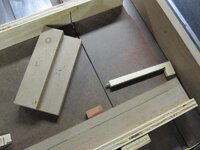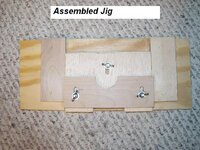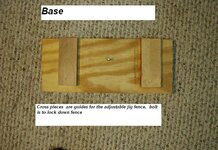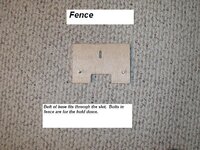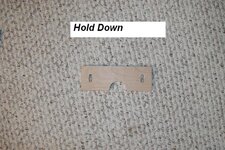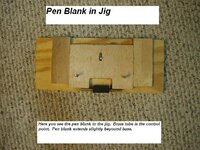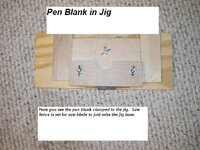RyanNJ
Member
I read the article in the latest wood and I have read the tutorials on here about making a Celtic knot. What I don't understand is what people use to
Fill the cuts in
What I gather is cut on a 45 with a 1/8 to the end the label 1324 and cut the 2 side and fill, then 3 and 4 is that true?
Fill the cuts in
What I gather is cut on a 45 with a 1/8 to the end the label 1324 and cut the 2 side and fill, then 3 and 4 is that true?

